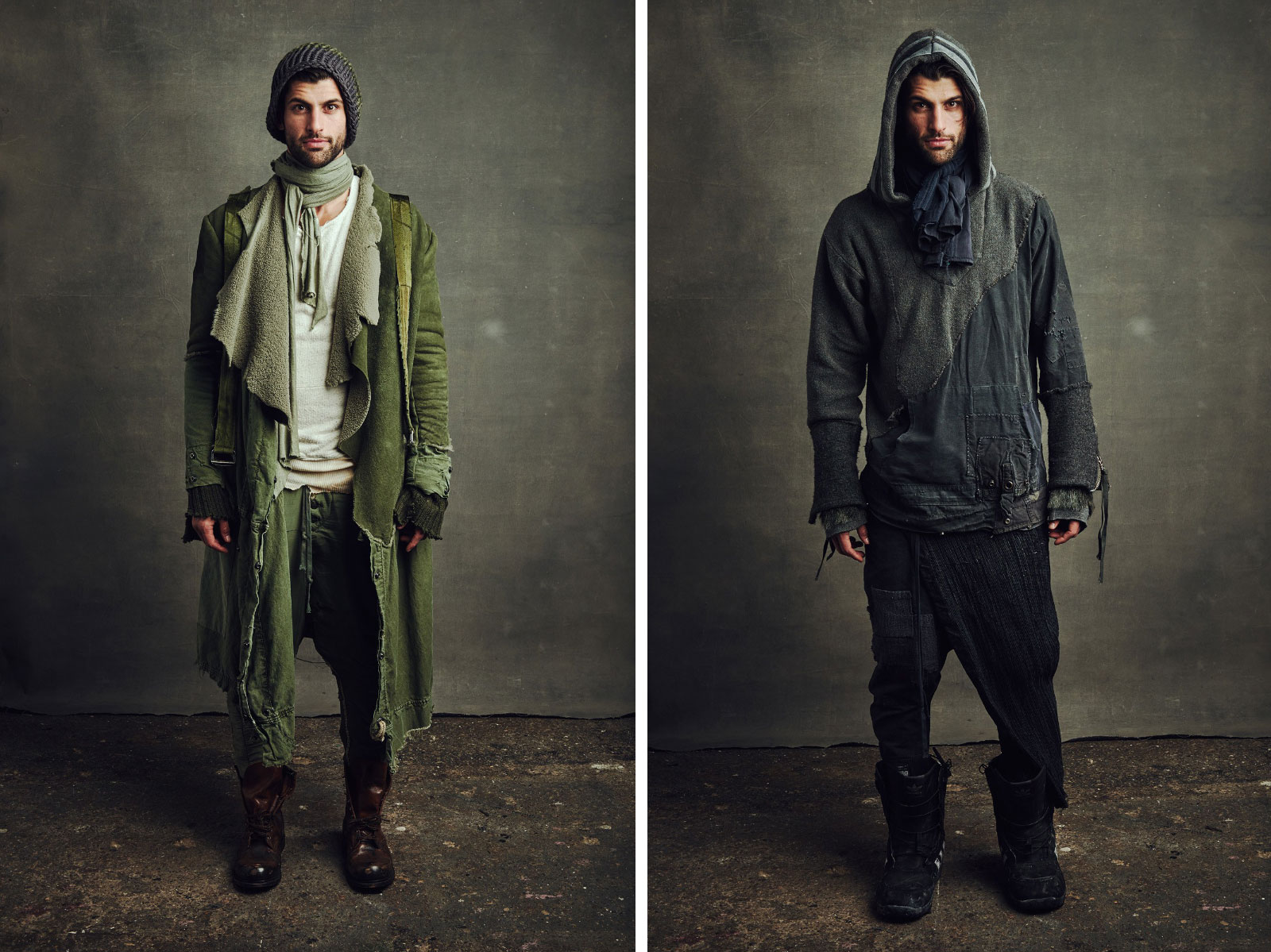I was scouring the web for various reading materials when I chanced upon this article about Dior’s ‘empowering’ campaign. I laughed.
First of all, it’s just another set of boring pretty clothes that doesn’t defy any beauty norms. The choice of models, pretty as they are, doesn’t inspire anyone to make a change, not even to be a patriarchy-smashing keyboard warrior. There’s literally nothing in those images that stirs up the imagination, let alone give anyone the faculty to change their life situations. What baffled me most was how Dior’s PR team allowed such blatantly empty copy to be used for a lackluster set of images. Either they were taking their customers for fools, or their audience isn’t as intelligent as I’d like them to think they are.
And what in their definition is empowerment? Really, what is empowerment anyway? The word has been used so often it has lost its purpose like a dull knife that can barely cut through butter. Especially when it’s been slapped on every lackluster product in the market, Dior’s pseudo-feminist T-shirts included.
In my quick research I found an article that decried the word all the way from 1991. That’s twenty-five years ago! The difference between that article and the hullaballoo we are getting now is that back then the word ‘empowerment’ was used to give the oppressed and/or minorities the individual power to change their economic and social standing, by politicians of the left and right. Today, it’s been coopted by marketers who have noticed that since the 90s, the biggest growing group of consumers are, you guessed it, women.
Dove did it. Aerie did it. It is not surprising that today the concept of empowerment is sold mostly to the female market by corporations. In the words of a BCG executive, “I have literally invented billions of dollars of product that is based on listening to women.”
On one hand it’s great that corporations are trying to tune into what women need. Today I am grateful that Nike makes amazing sports bras that keep our breasts in place while we do strenuous physical activities, that it’s easier and more hygienic to use tampons that come in plastic casings, and that sanitary pads are thinner than ever. All of these inventions have enabled women to pursue our ambitions and attempt to equalise the playing field between men and women in an unequal society. As a side note these empowering products are invented so long as they don’t impede on the liberties of men. So far male birth control pills are still non-existent.
The worst culprits are the ones who slap ’empowering’ slogans on empty campaigns purely to move products off the shelves. Yes, trousers were once a nifty invention that moved Victorian women from their domiciles to the outdoors on bikes and horses, but most of society whom marketers sell to have moved past that now. To use that on clothes that have become ubiquitous is just blatant PR laziness. Empowerment has become another buzzword co-opted by marketers, such as buying diamond ring for oneself (De Beers, 2004). It persuades women to consume by providing a moral justification to do so.
Between diamonds and tampons there are various acts of consumption that are not exactly black or white in the empowerment camp. Is it empowering to be sexually promiscuous, or to be aggressive on the internet, or to take up pole-dancing classes because women are doing these for themselves? Are they being sexually empowered for themselves or for external validations ? The answer is never a straight yes or no. In the next two segments I will be exploring the fluctuations of women’s rights and social status throughout history, and in light of this, I’d like to argue that while it’s tempting to dismiss all consumerist activities that tout empowerment, there may be a grain of truth in this rhetoric.






I CANNOT believe Dior used “empowering” to describe those clothes. They didn’t even do the very basic pandering that Dove of featuring women of different body types and races (while their parent company continues to make money off of objectifying women in there marketing towards men). Like…??? Did they not even think about it for 30 seconds? I can’t believe, in a multi million ad campaign, no one told them to wait a minute and consider, apparently, anything at all.
How can any company empower women, when they all rely on free or cheap labor of women, in the form of piece paid garment workers, forced off their land and traditional farming or other labors by global restructuring, enclosure of public land, or drought, who take their work home and sew by candle light, women in 1st world counties who they still pay less, through devaluing jobs that are historically feminine (like care work of children and elders, teaching etc., Not even to mention childcare which reproduces workers and is necessary for the capitalist system to continue), and their wives, who do unpaid labor in the form of housework (women do more EVEN when both parents work — some say women and men do the same amount of work, since men spend more time at their jobs, but only one is getting PAID for their extra work…)
A Dior campaign featuring thin white women wearing expensive clothes, and saying it’s for female empowerment, is a slap in the face.
Agreed! Love this article!
Nice to know someone is thinking. If only the other 99% of fashion journalism wasn’t left to the bedfellows of the industry.